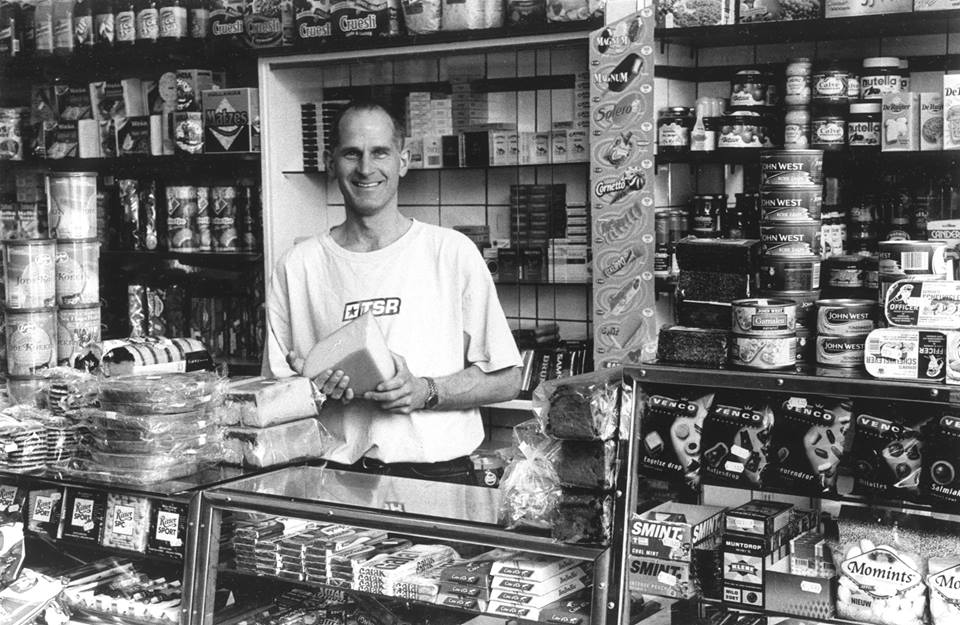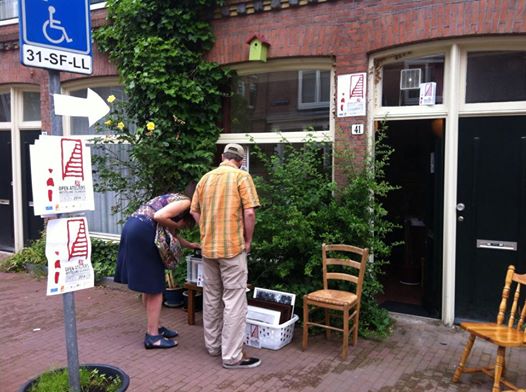
In the past photographers viewed their contact sheets and marked the images that were good enough to have a closer look at. From this point the selection was narrowed down to the desired iconic image and/or the lucky shot. Contact sheets always revealed that out of a roll of 36 exposures only a few photos worked out or sometimes not at all.
Now in the digital age, the first selection mechanism is the delete button. Mistakes are gone in the blink of an eye and will never be seen by another pair of eyes than yours. The exposures that pull through this carnage are not yet sure to survive the digital shredder. After another review round on a computer screen only a happy few remain. Well that is to say, there a ways more ‘keepers’ than in the age of contact sheets, since a gazillion more images fit on a memory card than on good old film.
When you are left with a smaller selection, tough choices have to be made. Which one has the ‘decisive moment’ to quote Henri Cartier-Bresson. Which ones have the best light, which ones have the right emotion, or which ones out of a bad batch are good enough to optimize (this also happens to you, don’t be afraid to admit it ;-).
After many conflicts with yourself, and sometimes bothering family members, you’ll end up with a few photos that will make it to the light of day. When you see the fruits of your work in printed form or on someone’s wall, you know that self-censorship pays off…






